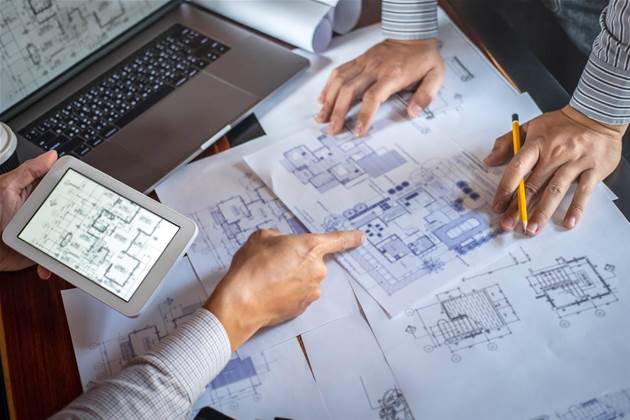The NSW government will spend another $9.7 million bolstering the state’s ePlanning platform, as all metropolitan and regional councils prepare to start using the system.

Customer service minister Victor Dominello announced the new funding on Tuesday to deliver “essential upgrades to the platform” before it becomes mandatory for all councils next year.
The platform - a bare-bones version of which was first introduced in 2018 - allows councils to post real-time information on the number of development applications in their areas.
It brings 15 existing planning systems together in one centralised platform, replacing what was previously a largely paper-based service requiring face-to-face interactions.
Dominello said 37 councils were already using the platform to process development applications, but that this would climb to 128 councils by July 2021.
“This funding will deliver important upgrades to enhance and ensure the system can keep up with the increase in demand once all 128 councils are on board by July next year,” he said.
Councils in Sydney, Newcastle, the Central Coast and Illawarra will be required to start accepting and processing applications and certificates through the platform from July.
Greater metropolitan councils will follow by the end of 2020, while all remaining councils across the state will be expected to process all applications through ePlanning by July 2021.
In addition to supporting increased demand, the funding injection will be used to expand digital services to improve integration between councils, state agencies and the department.
The upgrade will also result in a new service that allows applicants to lodge and pay for planning proposals online.
Funding for Land and Environment Court access to the system, guidance, training and technical support for councils and reporting and analytics software will also be provided.
Planning minister Rob Stokes said ePlanning’s importance had been realised during COVID-19, as it helps the planning and construction industry moving.
“ePlanning is already helping councils slash processing times by up to 50 per cent and its roll out will help new projects get through the system faster,” he said.
Other recent changes to the planning system in response to COVID-19 include moving all planning panels holding public hearing and meetings online.
“A fundamental part of the planning system is ensuring people can have their say and be listened to, and we’re using technology to ensure that continues during the pandemic,” Stokes said last week.
“We are also committed to ensuring decisions on development applications and planning proposals don’t come to a halt during the pandemic so we can keep our economy moving and keep creating new jobs.”











 iTnews Executive Retreat - Security Leaders Edition
iTnews Executive Retreat - Security Leaders Edition












_(1).jpg&h=140&w=231&c=1&s=0)



